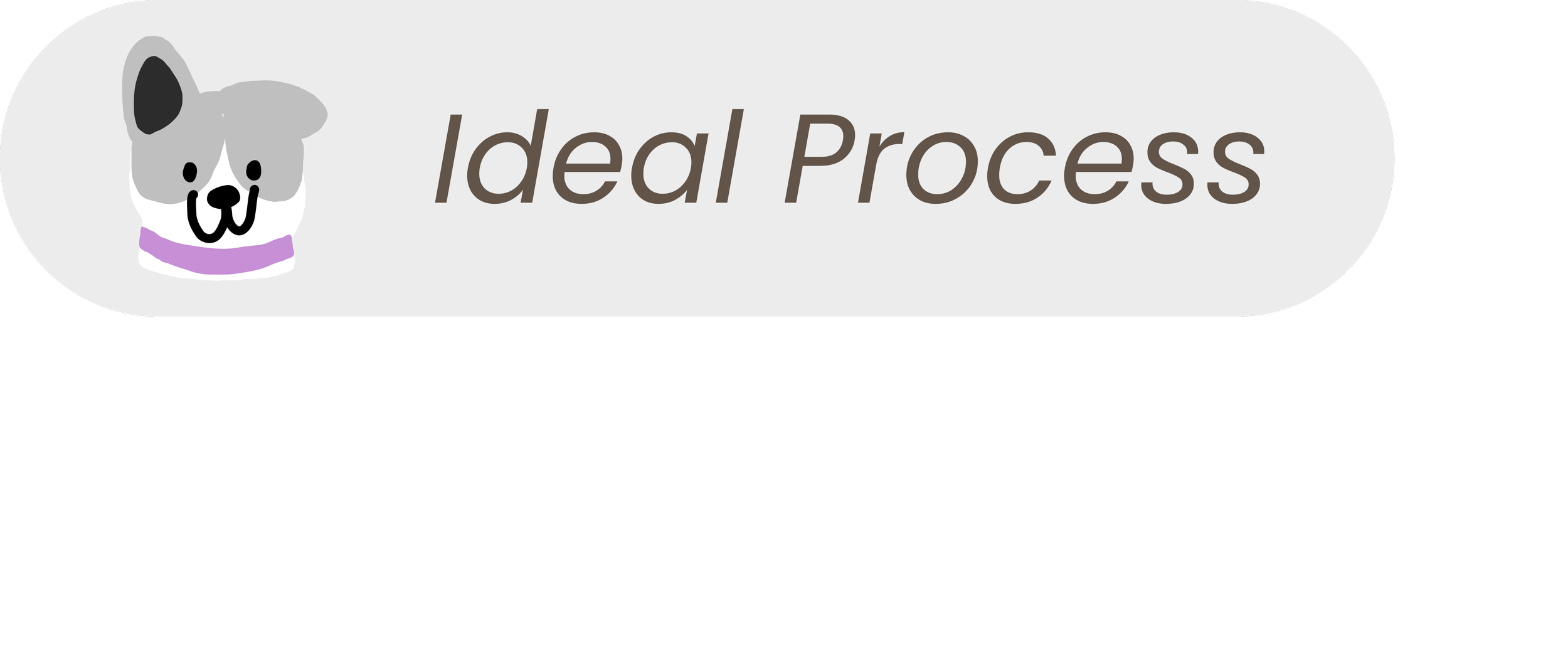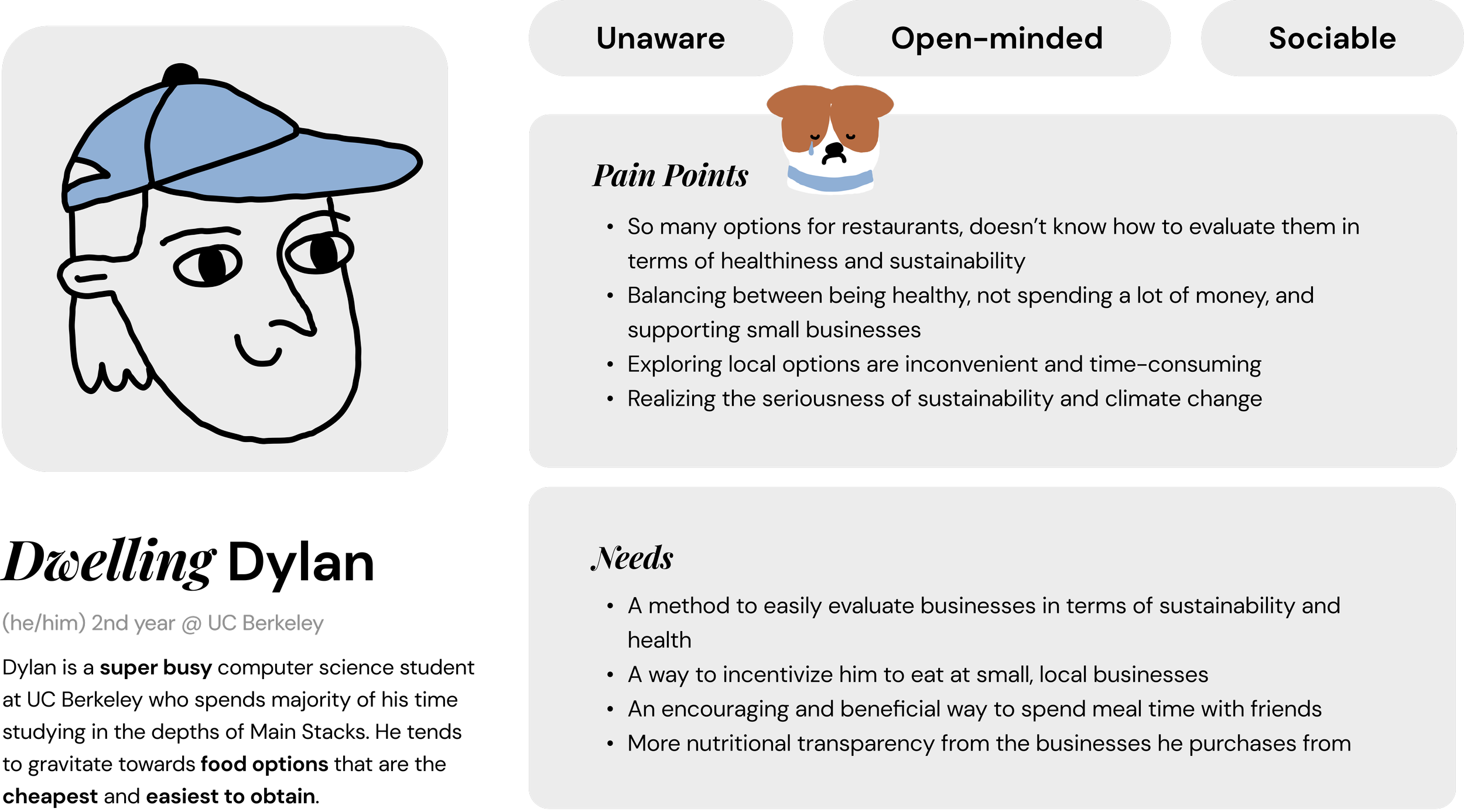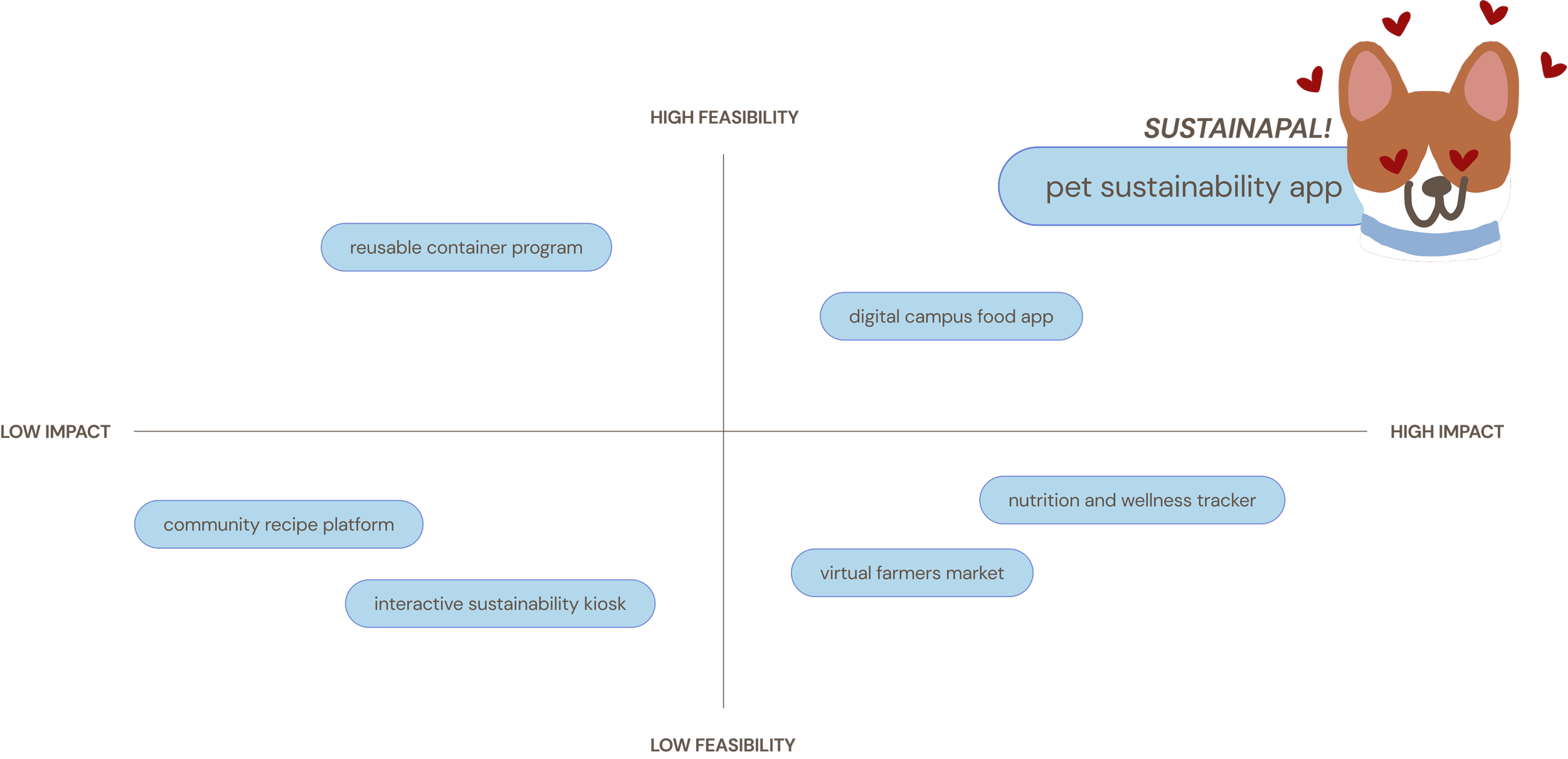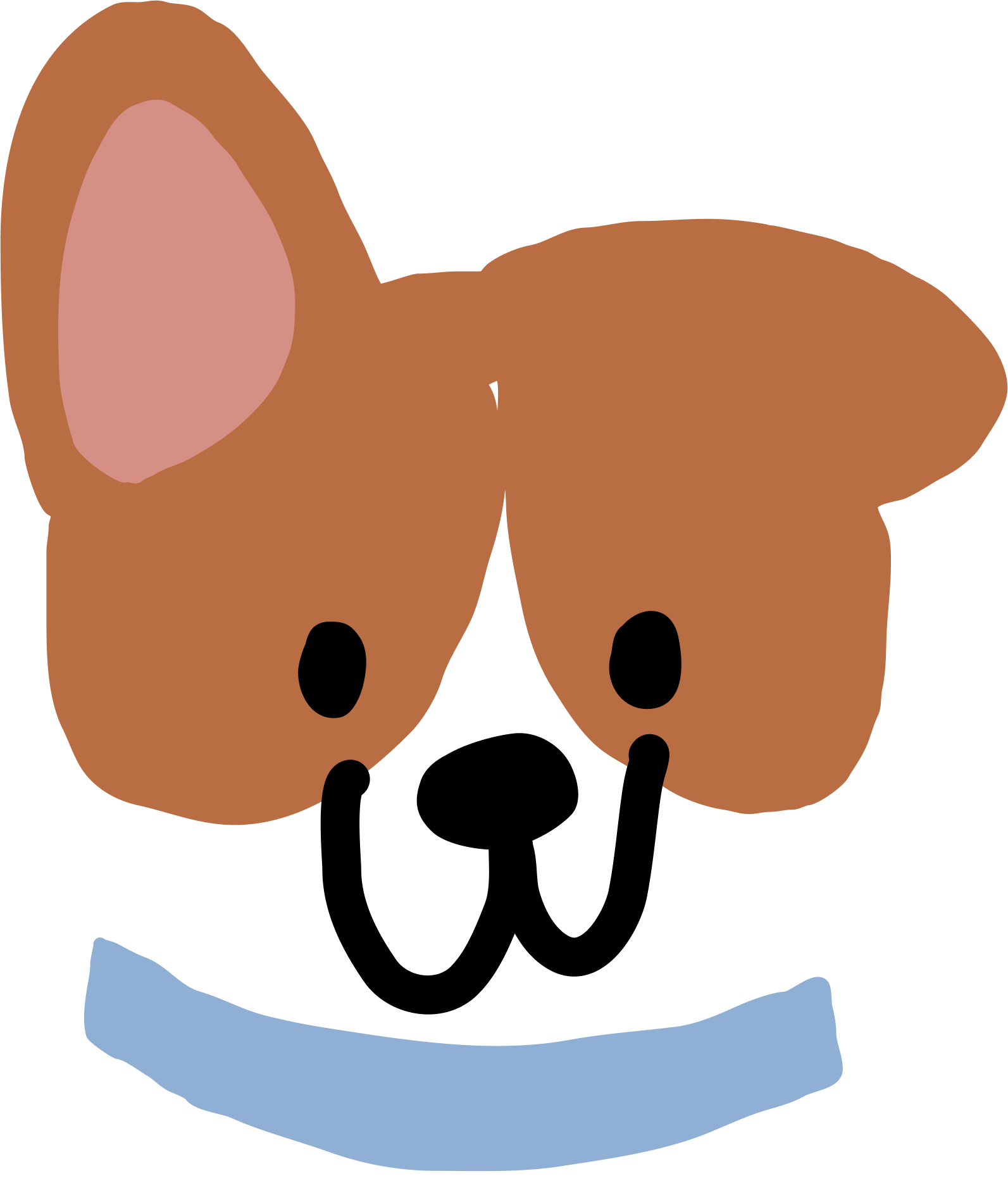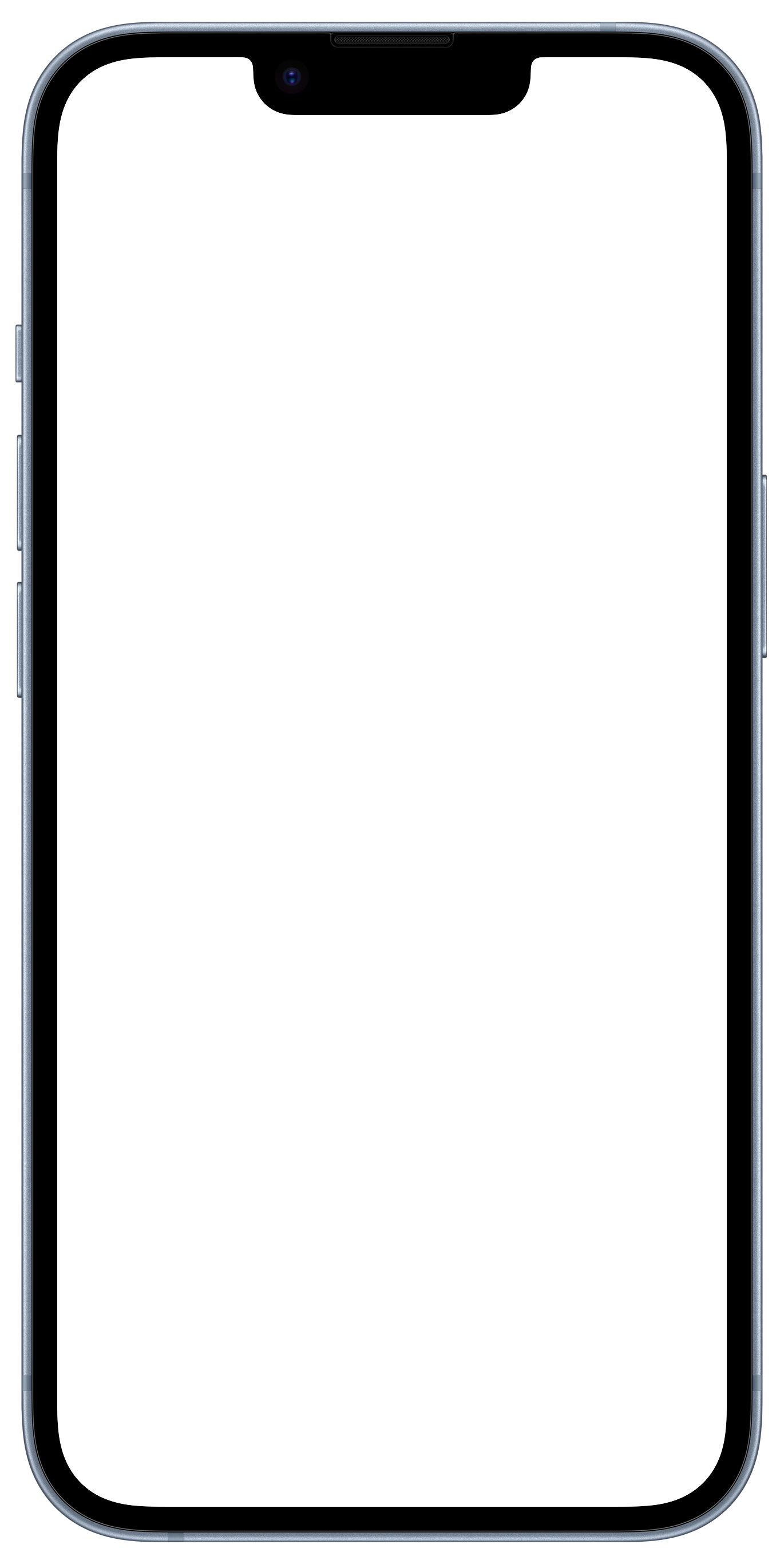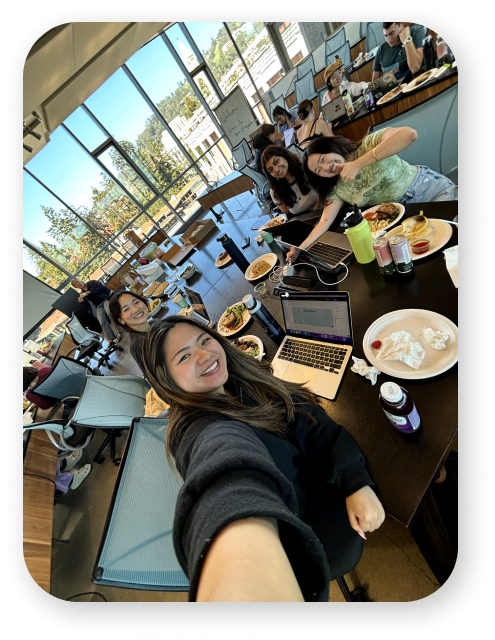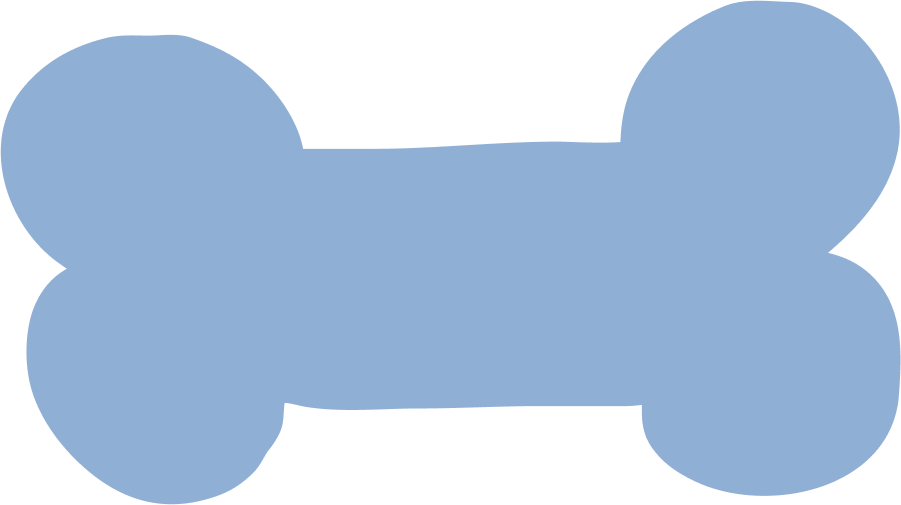mindful dining: enhancing UC Berkeley campus sustainability
enhancing campus life with sustainable food solutions
role
Product Designer
timeline
Apr 2024
team
4 Product Designers
skills
UX Research
Interaction Design
Product Strategy
UI/UX
tools
Figma
Adobe Illustrator

The Problem…
The overwhelming presence of PepsiCo has highlighted the issues around sustainability, ethical standards, and variety, fueling a push for more responsible and diverse options.
Thus,
We were tasked to design a digital solution that improves our campus’ food and beverage experience to
Introduce healthier, and more sustainable food and beverage choices from ethical local businesses.
Reduce environmental impact and improve campus life.
Strengthen community bonds by supporting responsible and locally-owned businesses.
with that in mind…

the big question
How might we promote a sustainable food system on the UC Berkeley campus?
Research
Understanding the Problem
Before starting the design process, we conducted primary research to establish direction and secondary research to deepen our understanding of the problem.
Primary Research
In beginning our research, we first outlined some research goals to guide the process.
Identify the challenges that hinder UC Berkeley students from finding and choosing sustainable food and beverages from local businesses
Given these goals, we decided to conduct user interviews to gain a deeper understanding of student needs and pain points.
Secondary Research
Determine what the ideal process of finding sustainable and ethical meals from local businesses would look like for UC Berkeley students
“I want to support small businesses and be more sustainable, but the cost difference is too much”
“I have a busy on-campus schedule which prevents me from exploring local restaurants”
“Healthy eating habits are difficult and inconvenient to maintain, especially for college students in social settings.”
The interviews highlighted a disconnect between the desire to make healthier choices and the limited capacity to do so, whether due to financial constraints or time limitations.
With a clearer understanding of user needs and pain points, we conducted background research to further deepen our insights.
Synthesis
Identifying Core Experiences
After gathering our research insights, we moved on to the synthesis phase, where we generated a user persona to better understand and visualize our target audience's needs and challenges.
User Persona
Dylan's persona embodies the typical UC Berkeley student, capturing the financial and time constraints revealed during our research.
Ideation
Brainstorming Solutions
With our research insights aligned and Dylan’s persona established, we transitioned to the ideation phase, ready to develop solutions that address his pain points and needs.
Initial Ideas
We kicked off ideation with a 5-minute brainstorming session, then selected our top 7 ideas.
To identify the best solution, we employed a 2x2 effort-impact matrix to assess feasibility and potential impact.
2x2 Effort-Impact Matrix
From the 2x2 matrix, we decided upon SustainaPal for its high evaluation score and appeal to the Gen-Z college generation, via our findings in secondary research.
Prototyping
Designing an Interactive Experience
With our research insights aligned and Dylan’s persona established, we transitioned to the ideation phase, ready to develop solutions that address his pain points and needs.
Low-Fidelity Prototyping
The Lo-Fi prototype outlined the core functions we aimed to implement: a homepage inspired by childhood Tamagotchi toys, a social tab to integrate a shareable aspect of sustainability, and a personal profile page for intuitive meal tracking.
Design System
Before prototyping our final product, we first developed a Design System that adheres to Web Content Accessibility Guidelines (WCAG) and aligns with our brand vision of modernizing health, wellness, and sustainability efforts for a Gen-Z audience.
With this, we moved on to building the final prototype.

introducing…
feature #2: social interaction
addresses lack of accountability and motivation
feature #3: in-app reward system
incentivizes building sustainable habits
maintains user engagement on app
feature #4: highlight carousel
incentivizes building sustainable habits
maintains user engagement on app
feature #5: weekly challenges
changes perception of sustainability as a “chore”
reduces single use plastics
feature #6: uploading meals
a different approach to inconvenient traditional nutrient uploading mechanisms
easy, intuitive meal tracking
feature #1: virtual pet
addresses lack of empathy towards sustainability
gamifies sustainable consumerism

Reflection
Takeaways
This project was my second Designathon ever— and it was such a fun and rewarding experience!
In the timespan of 7 hours, the team and I conducted research, synthesized our findings, ideated potential solutions, and prototyped a final product.
Here are some highlights:
Won 2nd place in the ASUC Designathon 🌱
Built confidence in presenting ideas and justifying design decisions to a panel of judges
… and some things I learned:
Effectively prioritizing focus areas under time constraints
Strengthened my skills in using design tools and software to address a pressing real-world problem on campus
… and some areas I would explore with more time:
Explore the feasibility restrictions on the business model side
Conduct usability testing to gain user feedback
a picture of the team hard at work!!



